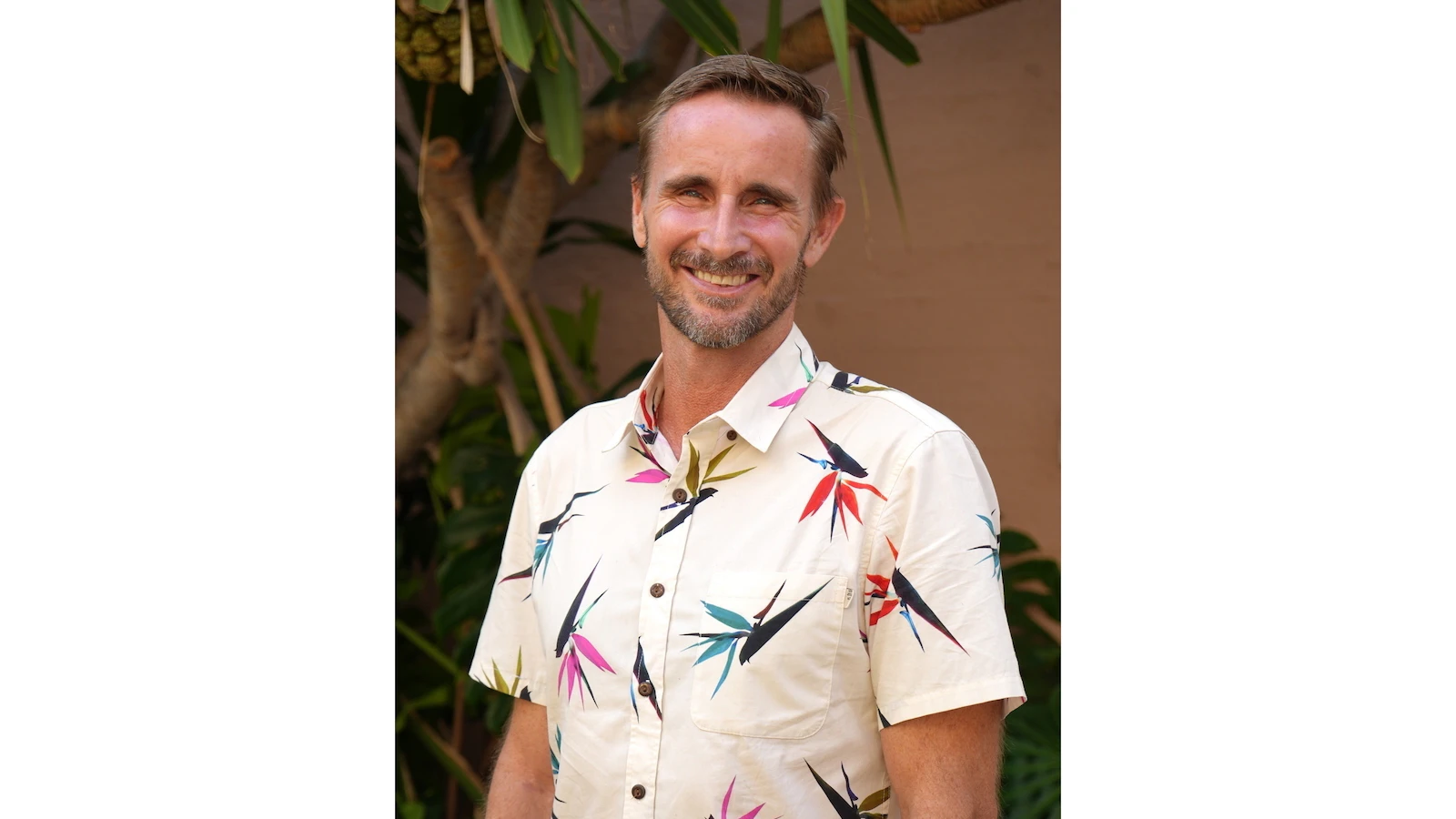A controversial proposed landfill in Wahiawā could become an impossibility under pending legislation.
Last year, the City and County of Honolulu’s Department of Environmental Services identified a site northwest of Wahiawā as a potential location for a new landfill on O‘ahu, to eventually take over from the Waimānalo Gulch Sanitary Landfill, which lawmakers have agreed to close in 2028.
Wahiawā residents were not pleased with that selection, citing many concerns, including the site’s position above an aquifer. A January town hall about the issue saw hundreds of heated testifiers against the proposal.
Now, Senate Bill 438, introduced by Wahiawā Sen. Donovan Dela Cruz, would establish regulations on where waste disposal facilities can and can’t be built. While those proposed regulations have fluctuated as lawmakers amend the draft bill, it originally stated that such facilities cannot be built “near or above a significant aquifer.”
Residents and environmentalists are concerned about the potential for leachage, or the possibility for water to seep through the landfill and carry contaminants out of the refuse and into surrounding soil and groundwater.
These concerns are exacerbated by the planned content of the landfill: the facility’s primary use would be to deposit ash generated by the H-POWER trash incinerator.
ASD spoke with Mike Ewall, executive director of Philadelphia-based Energy Justice Network, a 501(c)(3) environmental advocacy organization. He asserts the ash from H-POWER and other waste-to-energy incinerators contains a dangerous amount of toxic heavy metals such as lead, arsenic and cadmium. A landfill for that ash, Ewall said, would need multiple layers of lining to prevent leachage, but even that wouldn’t prevent the risk of windblown ash escaping the landfill and drifting over populated areas.
On the other hand, the bill represents a problem for the county's waste management goals. Testimony from the City and County of Honolulu's Department of Environmental Services has argued that there is simply no other location feasible for a landfill on the island.
“The only legally available and feasible options are above aquifers and on class A or B agricultural land,” county environmental services director Roger Babcock, Jr. wrote in March. “Mayor (Rick) Blangiardi has also stated that the City’s next landfill will not be on the Leeward Coast.”
Babcock wrote that state laws passed in 2020 already prohibit landfills from being built near residential districts, hospitals and schools, or within conservation zones or tsunami evacuation zones. Federal laws prohibit their construction near airports, and the U.S. Navy has nixed the possibility of using Navy land on the Waipi‘o Peninsula as a landfill.
Even as legislative committees have walked back some of the proposed regulations — the current draft of the bill only prohibits landfills within agricultural district land with soil determined to have the highest possible productivity — Babcock has remained in opposition to the bill.
This latest draft, Babcock wrote in March 31, still precludes the Wahiawā site as a landfill location.
But Ewall said the current draft has been compromised from previous iterations. Earlier in the legislative session, the bill included language prohibiting the state from using the ash from H-POWER as material to build roads, something Babcock has promoted as a way to reduce the amount of ash sent to the landfill.
“So, Dela Cruz and some 250 residents … are worried about putting ash leaking out of a lined landfill and hurting the aquifer, but (Babcock) is saying we could use it to build roads without any lining at all,” Ewall said. “Instead of in the landfill, all the arsenic and cadmium would just leak everywhere.”
Ewall said there were proposals in Pennsylvania to build roads using incineration ash, but those plans seem to have fallen by the wayside. He said he is aware of only one business that has bought Pennsylvania ash to build roads, and it is unclear whether any roads were ever built with the material.
Reworld, the company that operates H-POWER, has claimed in testimony to the state that environmental tests have indicated no statistically significant increase in heavy metal runoff from ash-built pavement, and that additional testing will be done to ensure its safety. However, Ewall said those tests were flawed, and that the Environmental Protection Agency still warns that incineration ash can be harmful through other vectors such as inhalation or ingestion.
While the clause about using ash as a construction material has been removed, Ewall said he hopes it can be restored during conference committees, where lawmakers will hash out disagreements about the various amendments made to the bill.





